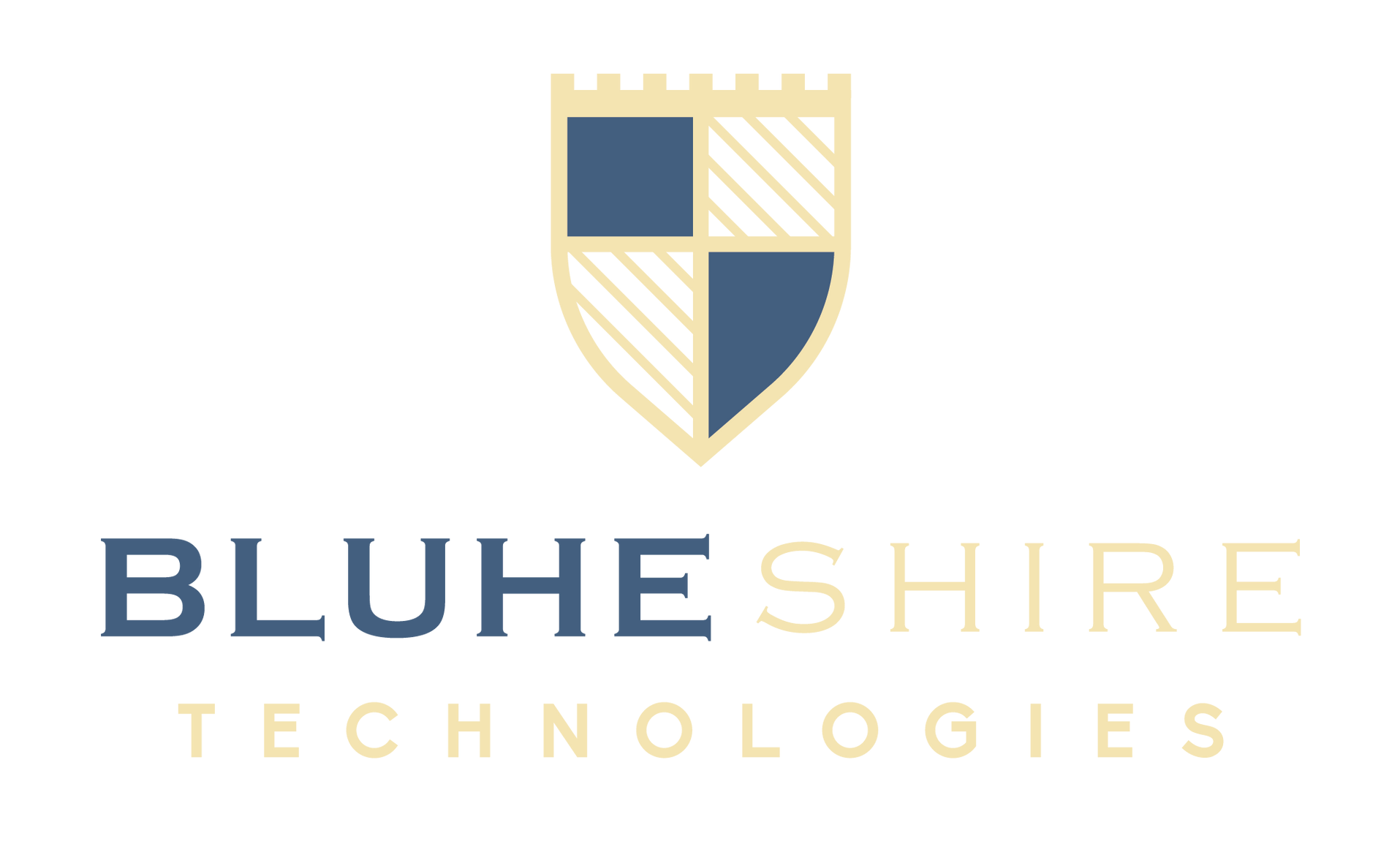What is a STP transfer?
MT103.STP (Straight-Through Processing) Transfer file of M1 Money of Account is accomplished via a text file with content that adheres to SWIFT formatting for the message. It may be accompanied by a separate file with an MT202 message if required. The MT103.STP transaction is handled on a bank-to-bank basis via manual process; it is not processed through the SWIFT network or system.
Transfer Options:
Email Option

(Coming soon) Watch Video
SFTP Option

(coming soon) Watch Video
Is MT103.STP Cash or Credit?
The MT103.STP represents an outgoing transfer of M1 on-ledger funds from the Sender's bank via a message sent as a flat flie. To understand whether it represents a cash transfer or a credit transfer, let's delve deeper into its characteristics and implications.
LEARN MORE>>>
file extensions in MT103.STP
The file extension associated with an MT103.STP transfer file can vary based on the specific requirements, preferences, and security measures implemented by the involved parties. Let's explore the various formats and extensions commonly used: LEARN MORE>>>
MT103.STP and DSV format
The term "DSV" stands for "Delimiter-Separated Values," which refers to a type of file format used for storing and transmitting structured data. Let's delve deeper into the characteristics and variations of the DSV format:
LEARN MORE>>>
File Lock with MT103.STP
The accessibility and unlocking of a file, particularly in the context of DSV (Delimiter-Separated Values) files and compressed formats, depend on the specific file type, encryption, and software compatibility. Let's explore the implications and considerations associated with opening and unlocking such files: LEARN MORE>>>
MT103.STP and
banking software
The compatibility and integration of the MT103.STP transaction data with various banking software platforms depend on the software's capabilities, supported file formats, and input methods. Let's explore the options and considerations for uploading and processing the transfer file within different banking software environments:
LEARN MORE>>>
SWIFT Visibility with MT103.STP
The visibility and oversight of a transaction within the SWIFT (Society for Worldwide Interbank Financial Telecommunication) network depend on the specific communication channels, protocols, and security measures employed by the participating banks. Let's delve deeper into the dynamics of bank-to-bank transactions and the transmission of transfer files: LEARN MORE>>>
History OF STP
The concept of Straight-Through Processing (STP) has evolved over time in response to the growing demand for efficiency, speed, and accuracy in financial transactions. While it's challenging to pinpoint an exact starting point for STP, the development of electronic payment systems and advancements in technology have significantly influenced its evolution. Here's a brief overview of the history of STP transfers:
- Early Electronic Payment Systems: The foundation for STP can be traced back to the development of early electronic payment systems, such as wire transfers and Automated Clearing House (ACH) transactions. These systems laid the groundwork for automating financial transactions and reducing manual processing.
- Advancements in Technology: The rise of computer technology and networking infrastructure in the late 20th century provided the necessary tools and platforms for advancing STP capabilities. Financial institutions began to invest in technology solutions that could automate various stages of transaction processing.
- Globalization and Integration: As financial markets became more interconnected globally, there was a growing need for standardized and automated processes to facilitate cross-border transactions. STP emerged as a solution to streamline international payments and settlements, integrating various financial systems and networks.
- Regulatory Initiatives: Regulatory bodies and industry organizations have played a significant role in promoting STP through guidelines, standards, and initiatives. For example, the adoption of ISO 20022, a universal financial messaging standard, has facilitated the automation and interoperability of STP processes across different jurisdictions and financial institutions.
- Continuous Innovation: The evolution of STP is ongoing, driven by continuous advancements in technology, such as artificial intelligence, blockchain, and cloud computing. These innovations offer new opportunities to further enhance the efficiency, security, and scalability of STP transfers.
In summary, the history of STP transfers is closely intertwined with the development of electronic payment systems, technological advancements, globalization, regulatory frameworks, and ongoing innovation. STP has become a fundamental concept in modern finance, underpinning the automated processing of a wide range of financial transactions across various sectors and geographies.



